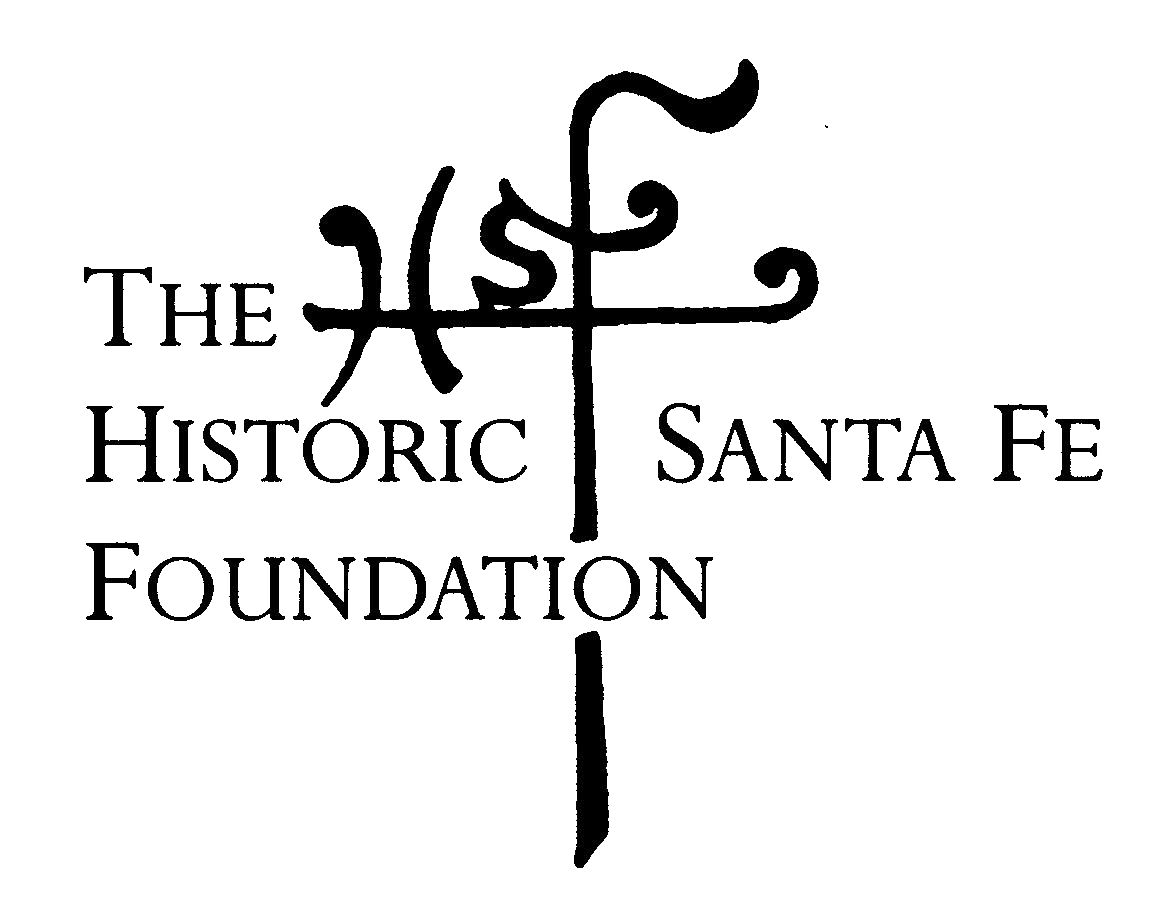El Zaguán in the 1950s from the Sylvia Loomis Collection
In 1854, James L. Johnson bucked the standard practice among his fellow merchants of living near the plaza and purchased a parcel of land along Canyon Road, the area then made up of farmland, well outside the bustle of downtown. It was here that Johnson and his wife Maria raised a family of seven children and managed a busy farm and household of numerous staff, hands and visitors. They added on to the initially modest building over the following decades, adding rooms linearly along Canyon Road as the household grew, until Johnson’s underestimation of the impact that the 1880 arrival of the railroad in Santa Fe would have on his business caused him to lose his fortune. Johnson continued to live in the house, as a tenant, until his death in 1897. His descendants rented the property from the Catrons, another prominent Santa Fe family to whom James lost his property and wealth, with up to four generations of the family in residence at one time. It was not until 1918 that James Baca, grandson of James L. Johnson, was able to purchase the family home back.
Baca made many improvements to the building including the addition of indoor plumbing, and adding on rooms at the east end of the property. By 1928, the property was in foreclosure, and the wealthy widow who lived next door, Margretta Dietrich, purchased it. After extensive restoration and renovation as well as some failed ideas for uses for the building including a hotel and a girls’ school, Dietrich turned the former Johnson family home into what it is now, a series of apartments. She is also responsible for giving the property the name El Zaguán, the Spanish term for a passage or hallway, in reference to the covered semi-enclosed walkway that cuts through the building.
After Dietrich’s death in 1961, the same year Historic Santa Fe Foundation was founded, a corporation called El Zaguán, Inc. was formed to see to the use and continued care of El Zaguán. The founders of Historic Santa Fe Foundation overlapped significantly with the creators of El Zaguán, Inc., and in 1979 the latter was dissolved and the property transferred to the Foundation. HSFF has its offices in a portion of the building and rents the rest out to artists as studio and living spaces.


